The Role of Tea in Reducing Inflammation
Let’s face itlife is full of things that inflame us. Your coworker ate the last donut, your favorite TV show got canceled, or maybe you stubbed your pinky toe on the corner of your coffee table for the third time this week. But while those things might make you metaphorically inflamed, your body has its own version of irritation: inflammation. Lucky for us, there’s a delightful, steamy solution to this fiery problem. Tea! Yes, teathe magical potion that has been soothing souls and sparking gossip for centuriesmight actually help calm your body’s inner drama. Let’s spill the tea on tea, shall we?
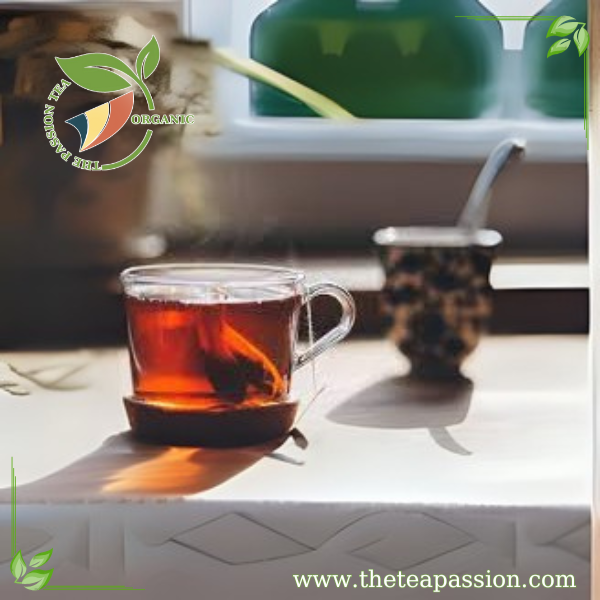
What Even Is Inflammation?
Before we dive into the tea party, let’s talk about inflammation. Think of it as your body’s emergency response team. When you get injured or face an infection, inflammation swoops in like a squad of firefighters to deal with the problem. It’s great when it’s short-terma little swelling here, a little redness therebut when inflammation overstays its welcome, it becomes the annoying houseguest of the health world. Chronic inflammation is linked to all sorts of nasty stuff like heart disease, arthritis, and even depression. Ugh, rude.
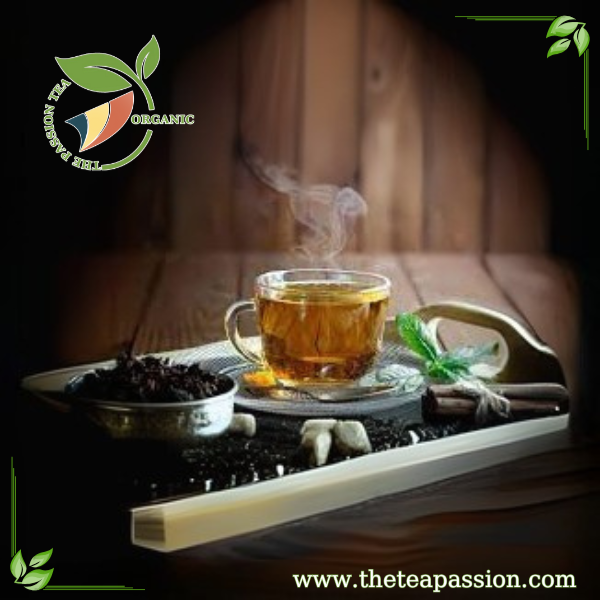
Enter Tea: The Hero We Didn’t Know We Needed
Now, let’s talk about tea. This humble beverage has been around for thousands of years, and it’s not just for fancy British folks or people who own too many mugs with motivational quotes. Tea is packed with antioxidants and compounds that can help fight inflammation. Plus, it makes you feel classy while drinking itbonus points for that.
The Anti-Inflammatory Avengers
Not all teas are created equal when it comes to battling inflammation. Here are the stars of the show:
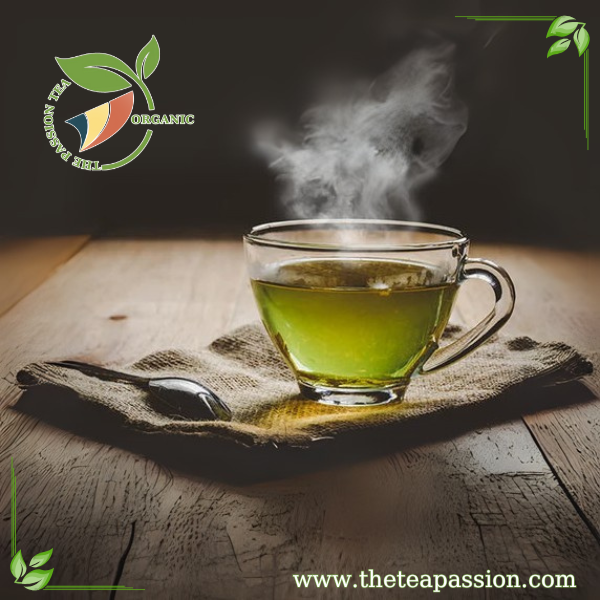
1. Green Tea: The Overachiever
Green tea is basically the Hermione Granger of beveragessmart, hardworking, and always saving the day. It contains a powerful compound called EGCG (epigallocatechin gallate), which sounds fancy and scientific because it is. EGCG has been shown to reduce inflammation and even help with conditions like arthritis and heart disease. Plus, green tea gives you just enough caffeine to feel awake without turning into a jittery squirrel.
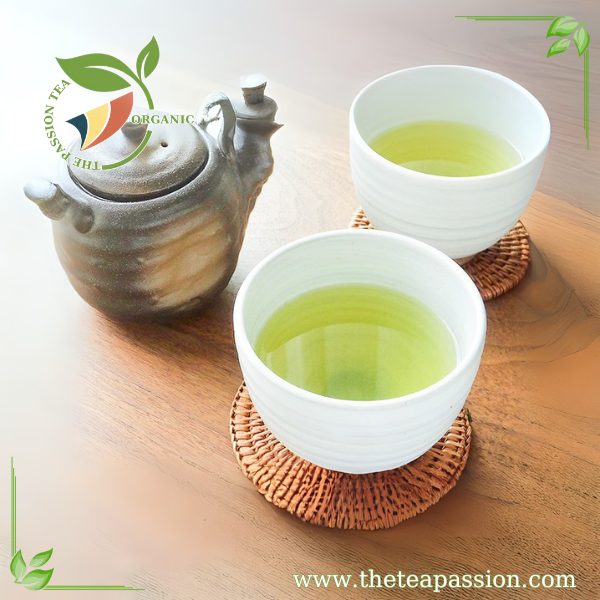
2. Turmeric Tea: The Golden Child
If green tea is Hermione, turmeric tea is Ron Weasleybright, bold, and full of surprises. Turmeric contains curcumin, a compound with magical anti-inflammatory properties. Drinking turmeric tea feels like giving your body a warm hug from the inside. Just don’t spill it on your white shirt unless you want to look like you lost a fight with a mustard bottle.
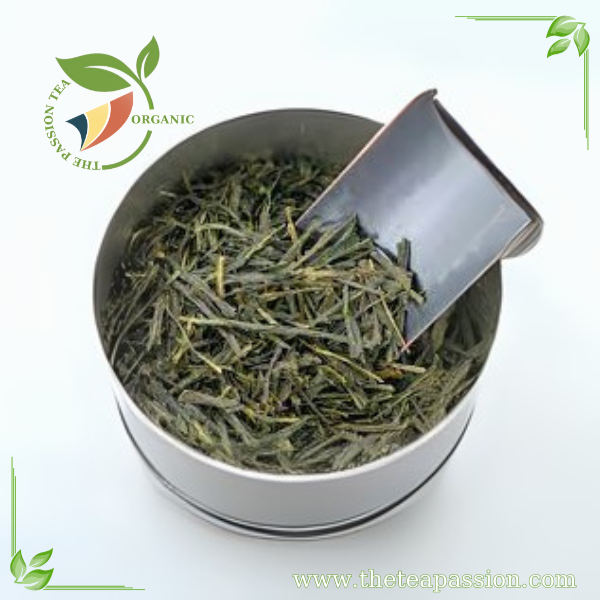
3. Chamomile Tea: The Chill Guru
Chamomile tea is like that friend who always tells you to “just relax.” It’s famous for its calming effects, but did you know it’s also an anti-inflammatory ninja? Chamomile can help reduce swelling and soothe irritated tissues. Plus, it’s perfect for sipping before bed when you’re trying to forget that embarrassing thing you said during your Zoom meeting.
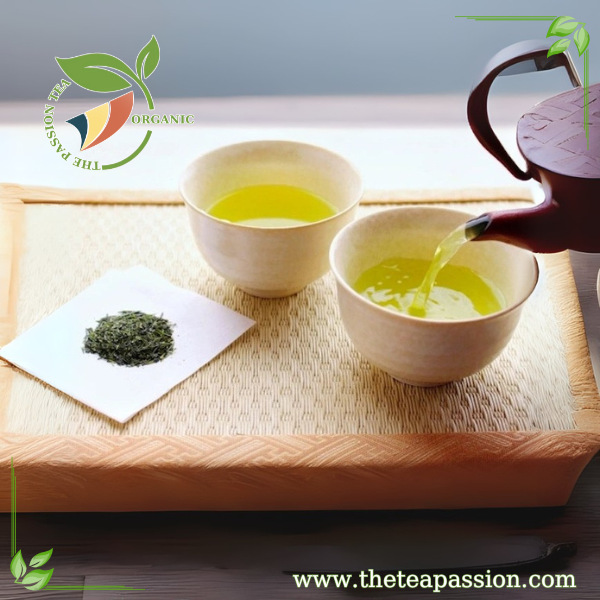
4. Ginger Tea: The Spicy Sidekick
Ginger tea doesn’t mess aroundit’s spicy, zesty, and ready to fight inflammation like a pro. Ginger contains compounds called gingerols that can help reduce pain and swelling. It’s also great for digestion, which means you can drink it after eating an entire pizza and pretend you’re doing something healthy.
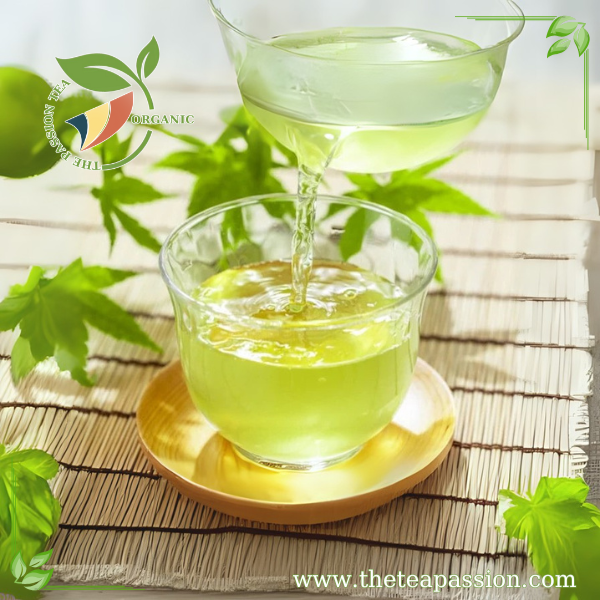
5. Rooibos Tea: The Underrated Gem
Rooibos tea is like that indie band you discovered before they got famous. It’s caffeine-free, packed with antioxidants, and has anti-inflammatory properties that make it a great choice for sipping all day long. Plus, it tastes amazinglike a warm hug in liquid form.
How Does Tea Work Its Magic?
So how exactly does tea tackle inflammation? It’s all about those antioxidants and phytochemicals (a.k.a. plant magic). These compounds help neutralize free radicalsthose pesky molecules that cause damage to your cells and trigger inflammation. Drinking tea is like sending in tiny superheroes to fight off the villains inside your body.
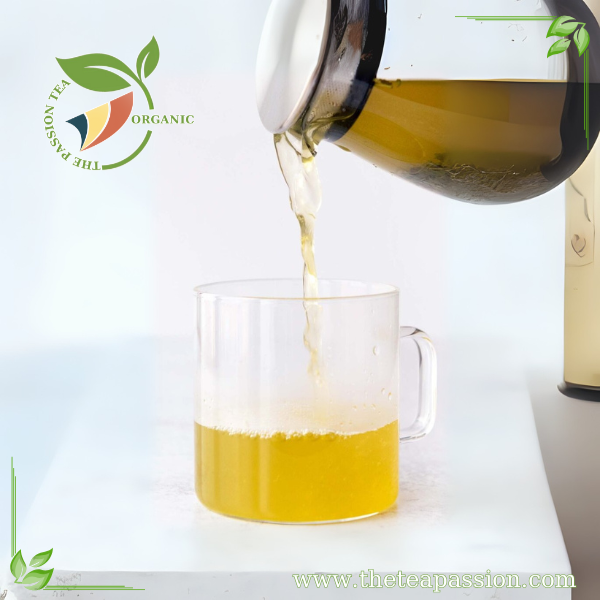
Making Tea Time Fun
Sure, tea is good for reducing inflammation, but let’s not forget that it’s also ridiculously fun to drink. Here are some tips for making your tea time extra special:
1. Get Fancy: Use a teapot and matching cups because life is too short for boring mugs.
2. Experiment: Try different flavors and blends until you find your soulmate in tea form.
3. Tea Parties: Invite friends over for a tea party and pretend you’re in a Jane Austen novel.
4. Add Extras: Throw in some honey, lemon, or cinnamon for an extra flavor kick.
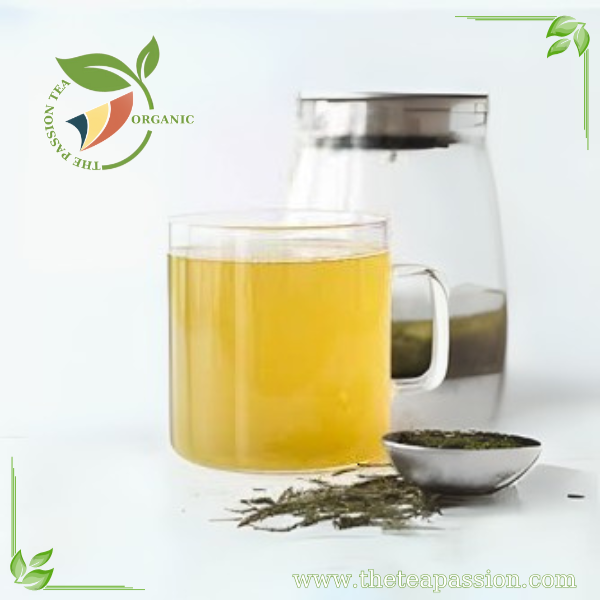
Tea Is Life
In conclusion, tea isn’t just a drinkit’s a lifestyle. It’s the warm hug you need after a long day, the soothing voice that tells your body to calm down, and the delicious way to fight inflammation without resorting to boring pills or complicated diets. So go ahead and brew yourself a cup (or ten). Your taste budsand your bodywill thank you.
Now if you’ll excuse me, I’m off to sip some green tea while pretending I’m solving mysteries in a British manor house. Cheers!
